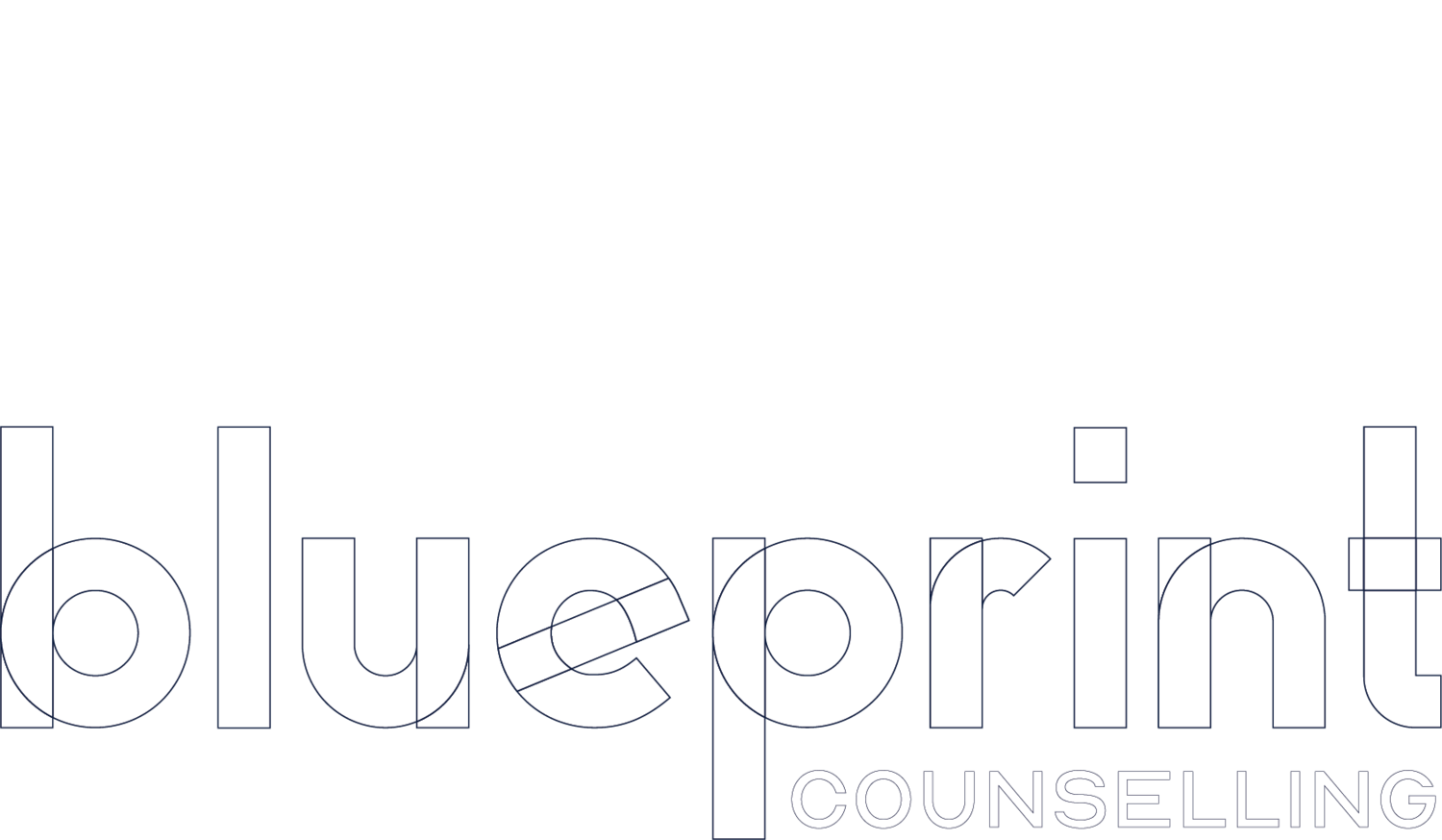How to Embrace Change: The Benefits, the Fear and the Strategies
Change is one of the most humbling realities to which we live and relate, constantly initiating processes of personal growth and adaptation. Whether this is by choice or deemed void of control, the one thing we can manage is how we internalize/respond to the embracing change in front of us. This familiar topic of change management is so appreciated in society that you can find a range of ways to discuss, learn, and develop coping strategies about it. At this point, you’d think that it’d be so “normalized” and allow for limited anxiety when we’re confronted.
In exploring forms of storytelling around societal change, I’ve come across an insightful Ted Talk by Maya Shankar, a renowned cognitive scientist; Why change is so scary -- and how to unlock its potential. Maya reminds us that change can feel like loss while becoming an opportunity to allow change to help re-explore our values and self-identity.
As both a participant and an audience experiencing this topic, we know that it comes with a personal variety of perspectives and degrees of urgency, especially from a queer perspective, emphasizing diversity and inclusion. An impactful song, one of my favourites; A Change is Gonna Come by Sam Cooke, is based on the Civil Rights Movement in America. It is a crucial musical contribution to capturing the fundamental societal change needed and a reminder that people are a key part of making change come to be.
Our personal biases will always drive our perspectives on psychological resilience. As if it’s not coming fast enough, or we’re assumed to wait within timelines without a perceived end. As a queer person, I’ll share that sometimes the change you need to thrive individually, feels too far away. The journey of change is one that I’ve learned through trial and error. I’m continuing to learn how to appreciate and embrace the fear while exploring new strategies to help in these moments.
Embracing The Benefits
In some situations, the journey to positive change can make us feel hesitant, or we’re so immersed in personal development that we cannot quite embrace the transformative power of change for our emotional wellness. Seeing the benefit of a situation or discovering the silver lining, as it’s referred to, is typically easier when you’re not the one living through it. So, if or when we can choose to see the value of the change we’re facing, it can allow us to:
Feel a sense of relief, excitement, adventure and wellness
Connect with new forms of community and social connection
Explore and navigate healthy and supportive relationships with self and others
Embracing The Fear
Reflecting back to Maya Shankar’s Ted Talk, she speaks to the inherent fears we hold about change, touching upon aspects of personal development and emotional disruption. There is a familiar sense of safety and comfort that becomes disrupted when we encounter change. Regardless of our feelings, the process of change is invariably waiting for our bias to dictate whether the development is perceived as positive or negative. This can validate the presence of fear within the experience of change. We can reflect and validate our feelings of how fear is experienced as:
A loss of control or uncertainty
A threat to what we believe about ourselves and or how we live life
A trigger to thoughts and or feelings that bring up past trauma(s) or challenging experiences
Embracing Strategies
As we acknowledge both the benefits and fears associated with change and personal development, we have an opportunity to ground ourselves with strategies to support emotional well-being and resilience. One of several approaches to navigating the experience of change is Acceptance Commitment Therapy (ACT), a recognized therapeutic approach. This combines the concepts of acceptance and behavioural change to validate our thoughts and feelings effectively while fostering positive behavioural modifications.[1] This is the intriguing moment when you’re NOT told to ignore how you’re feeling about a situation but can do something with those feelings which can include:
Facing The Current Situation:
which involves a bold concept called creative hopelessness. This is when you acknowledge the situation you are in and identify the strategies that you’d normally approach in this situation that haven’t been serving you well. This is often when we go into control mode.[2] Let’s own our feelings and thoughts in this moment.
Acceptance:
Let’s take a moment to reflect and acknowledge emotional states. Don’t run or avoid the feelings, hold on and embrace the excitement, the concern, and the unknown. Reflect on cognitive processes that are running through your head. Let them breathe for a minute– don’t forget to practice deep breathing for you too.
Cognitive Defusion:
Remember the not-so-great negative self-talk that comes through? Or the overthinking when we’re excited about a situation? Let’s differentiate thoughts from reality, not letting them take over the situation. This is when some mindfulness strategies or meditation can come into use.
Values:
Looking inward and recognizing core values. How do your values inform your reaction to this situation and what do you really believe?
Self:
You know when you’re a bit too close to the situation? This is an opportunity to give yourself some grace in the situation. Try to maintain self-identity and remind yourself that your identity doesn’t need to be intertwined. The situation can have some space and be its own by adjusting language and the way we internalize psychological experiences.
Action:
Time to figure out what is wanted out of this moment of change. What is envisioned as the end goal, and what does the emotional growth process look like? Would this involve seeking mental health support? Or is this something that can be navigated individually? Remember to ensure your goals are aligned with personal values.
Conclusion
Off you go folks! Time to embrace personal development and take on change with a warm embrace and trust in yourself that you’ve got this. Remember to maintain mental balance, ground yourself, check-in, and align with core values. Allow yourself to acknowledge emotional states, own how you’re feeling in the moment. Say hello to that fear or anxiety, then celebrate the self-growth opportunity that is in front of you. Practice mindfulness to gain perspective and commit to the self-improvement goals, whether short or long-term. Small steps or large strides, both are achievements in mental well-being and deserving of celebration.
References:
Hayes, S. C. & Wilson, K. G. (1994). Acceptance and commitment therapy: Altering the verbal support for experiential avoidance. The Behavior Analyst, 17. (pp. 289-303).
Gifford, E. Steve Hayes and Kirk Stroshal. (2005). Retrieved from www.acceptanceandcommitmenttherapy.com


